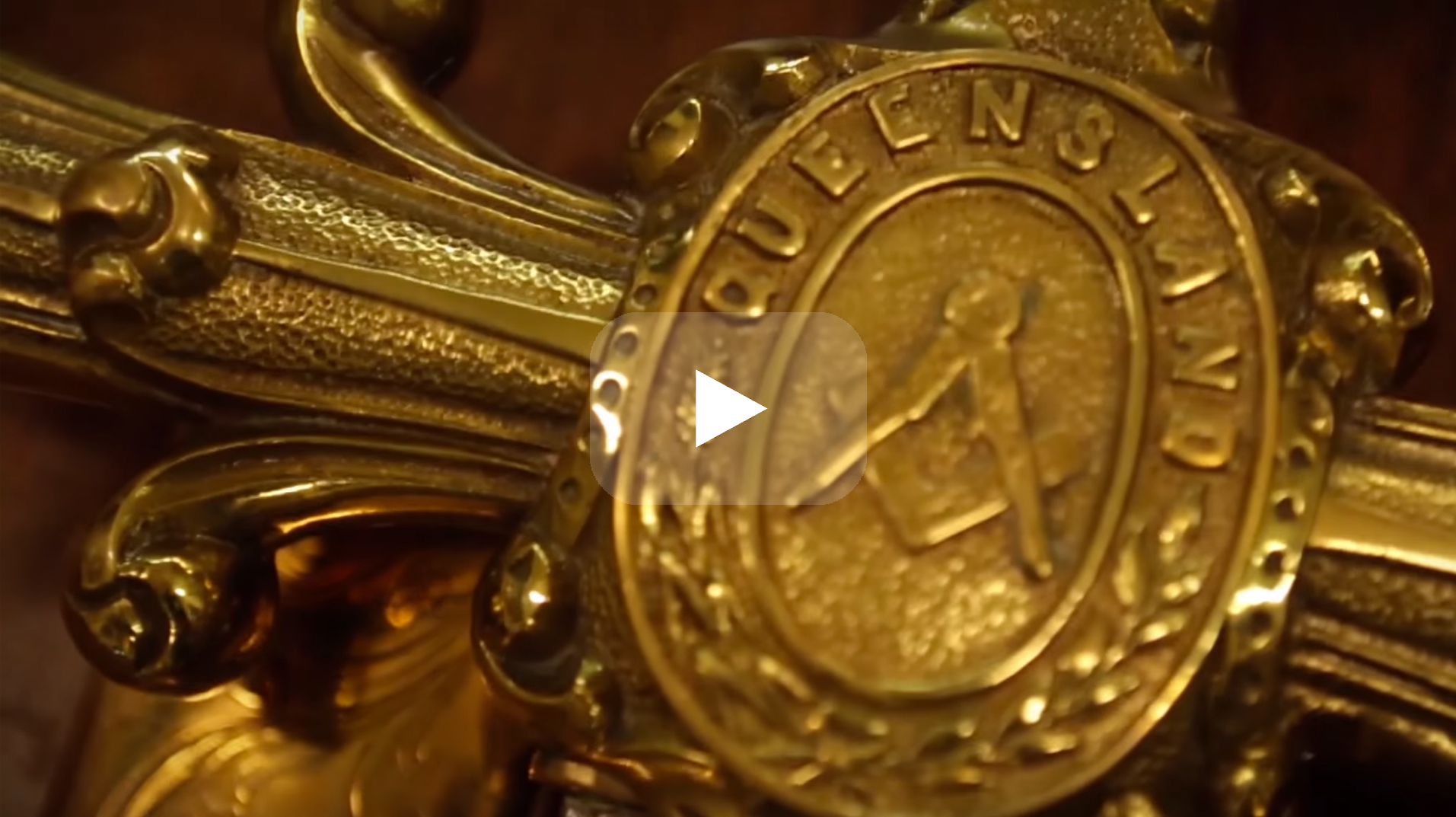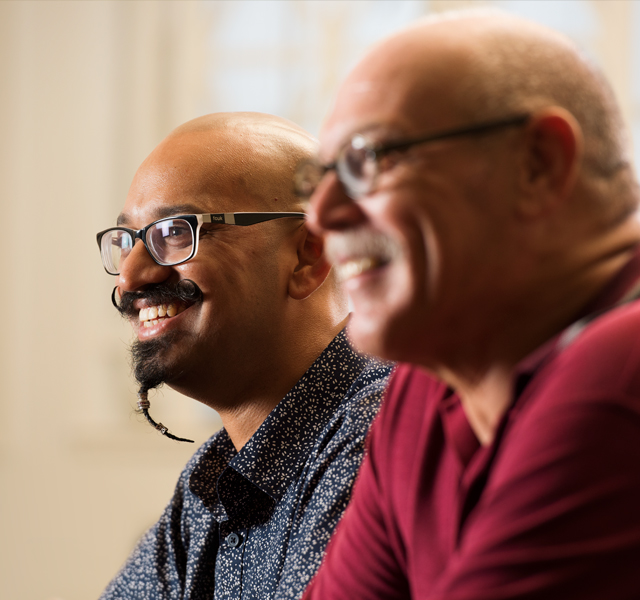Practical Steps You Must Follow for How to Become a Freemason Now
Practical Steps You Must Follow for How to Become a Freemason Now
Blog Article
Discovering the Mysteries of the copyright: What You Need to Know
The copyright, a term usually shrouded in intrigue and debate, stands for a complex tapestry of historical reality and modern-day myth. Established in the late 18th century, this secret culture was originally rooted in the Knowledge's suitables yet has since become synonymous with conspiracy theory theories regarding elite control.
Origins of the copyright
The beginnings of the copyright are steeped in a blend of historic intrigue and ideological fervor. Developed in 1776 in Ingolstadt, Bavaria, by Adam Weishaupt, the team was initially developed as a secret culture targeted at advertising Knowledge perfects such as reason, secularism, and the separation of church and state. join freemason. Weishaupt, a professor of canon regulation, sought to test the prevailing authority of the church and state, which he deemed oppressive institutions suppressing intellectual and personal liberty
The copyright sought to recruit significant members from various societal sectors, including politics, academia, and the arts, to foster a network devoted to these Knowledge concepts. The culture operated under a veil of privacy, using coded language and rituals to safeguard its participants from persecution, especially offered the repressive environment of the time. The copyright encountered significant opposition from both governmental authorities and spiritual institutions, which viewed the group as a danger to their power.
Trick Numbers and Members
Who were the pivotal numbers that shaped the copyright's very early impact and direction? The Bavarian copyright, established in 1776 by Adam Weishaupt, arised as a response to the overbearing social structures of the moment. Weishaupt, a law professor, envisioned the organization as a way to promote Enlightenment perfects such as factor, secularism, and equal rights. His preliminary employment efforts included prominent pundits, such as Baron von Knigge, who played a critical function in expanding the group's membership and business structure.
One more substantial figure was Johann Gottlieb Fichte, a prominent thinker whose ideas on nationalism and education reverberated with the copyright's objectives. Fichte was not an official member, his thoughtful supports affected the group's belief. Furthermore, figures like the author and theorist Johann Wolfgang von Goethe were related to the more comprehensive intellectual movements of the time, although their straight involvement with the copyright remains disputed.
These key numbers added to the copyright's very early instructions, pushing the boundaries of political and social idea, while their collective efforts aimed to challenge well established standards and foster an environment of dynamic modification in Europe. (join freemason)
Misconceptions vs. Reality
Many mistaken beliefs border the copyright, typically blending truth with fiction in a method that covers its real nature. The concept that the copyright continues to put in considerable influence over globe occasions is a misconception.
An additional prevalent misconception is that the copyright makes up a network of elite individuals manipulating worldwide affairs. In truth, numerous conspiracy my latest blog post theories overemphasize the team's relevance, connecting unfounded motives to social fads and events. This has actually caused an oversimplified sight of complex issues.
Additionally, the representation of the copyright in pop culture frequently more misshapes its heritage. Movies and literature have a tendency to sensationalize the company's function, creating a narrative that diverges from historic realities. Recognizing the distinction between the myths and the reality of the copyright is crucial for critical the real influence of this historic team and recognizing the more comprehensive implications of conspiracy concepts in modern society.

Modern Analyses
Contemporary interpretations of the copyright often reflect wider social anxieties and a fascination with secrecy and power. This modern-day lens often links the copyright with conspiracy theory concepts that suggest a surprise elite coordinates globe occasions, controling governments and economic situations for their very own gain. Such narratives use a deep-rooted mistrust of authority, especially in times of dilemma or social anchor turmoil.
In preferred society, the copyright is often depicted as a divine organization shrouded in secret, leading to a plethora of imaginary portrayals in literature, movie, and songs. This representation serves not only to entertain yet additionally to prompt considered the nature of power and control in contemporary culture. Social media site has even more magnified these interpretations, enabling fast dissemination of conspiracy concepts and developing communities that share and expand upon these ideas.
In addition, some modern-day analyses mount the copyright as an allegory for the intricacies of globalization and the interconnectedness of significant people and companies. This perspective motivates a critical exam of exactly how power dynamics operate in today's globe, highlighting the balance in between openness and secrecy in governance and business methods.
Social Influence and Legacy
Influenced by centuries of intrigue, the cultural effect and legacy of the copyright extend far beyond its historical beginnings. This secret society, developed in the late 18th century, has actually penetrated different elements of prominent society, from literary works and film to music and art. join freemason. The idea of the copyright has actually developed into a symbol of conspiracy theory theories, frequently standing for a perceived covert power manipulating global occasions
In literature, writers like Dan Brown have woven the copyright into intricate stories, captivating viewers with styles of secrecy and power. Movies such as "National Treasure" and "The Da Vinci Code" additionally bolster the attraction of the culture, mixing reality with fiction to develop appealing stories.

Inevitably, the copyright's tradition is a complex tapestry of myth and reality, forming assumptions of secrecy and control in contemporary discourse. Its long-lasting visibility in society emphasizes humankind's perennial quest for recognizing surprise realities.

Final Thought
The exploration of the copyright exposes a complicated interaction in between historical facts and modern myth-making. Established in the Knowledge era, this culture intended to challenge oppressive frameworks, yet its heritage has been overshadowed by conspiracy theories that suggest elite manipulation. Comprehending the distinctions between the initial ideals and contemporary analyses is crucial for understanding the enduring attraction with the copyright and its considerable impact on social stories surrounding power and secrecy in society.
Report this page